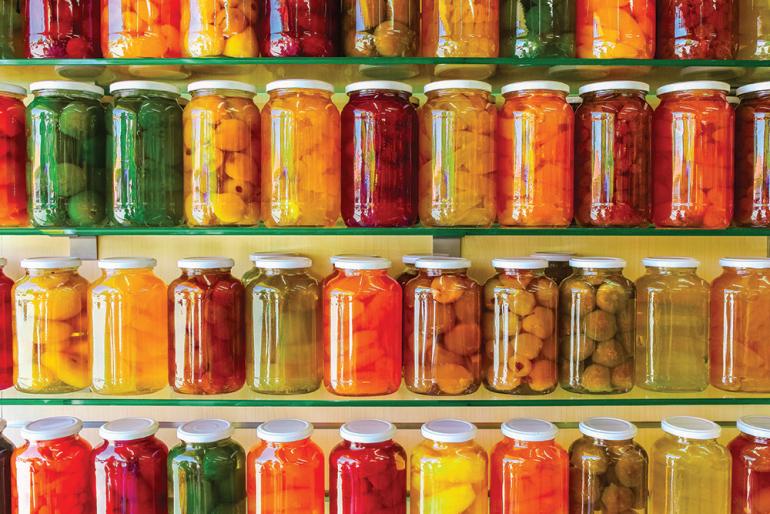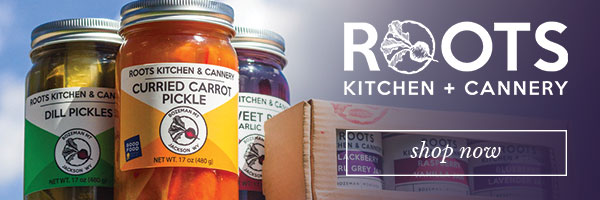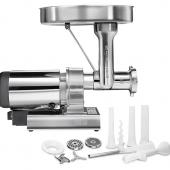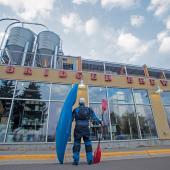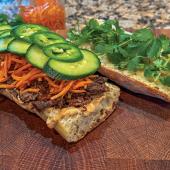Can It
Extending the harvest's bounty.
After a summer harvest, there’s an abundance of produce to consume. Our growing season is short, but you can extend your consumption of local produce by canning, all while gaining health and performance benefits.
The canning process involves placing foods in jars and heating them to a temperature that eliminates destructive microorganisms. During this heating process, air is driven out of the jar and as it cools, a vacuum seal forms. This vacuum seal prevents air from getting back into the product and bringing with it contaminating microorganisms. Canning extends the shelf life by a year, allowing you to enjoy the nutritive benefits of locally produced foods through the long fall and winter.
Canned foods can be as nutritious as fresh foods because fat-soluble vitamins, most minerals, fat, protein, and carbohydrate levels remain largely unchanged. That means the consumer is getting those vital nutrients to live a healthy life. However, because canning processes require high heat, canned foods may have less water-soluble vitamins, such as vitamin C.
For vital nutrients while hiking, backpacking, or hunting, consider canning foods that would otherwise require refrigeration. Just remember, once the seal is broken, some foods must be kept chilled—so don’t can more than you can eat, or plan on dunking the remainder in a cool stream while at camp. Although canned food adds weight, you can use the empty cans for smelly trash (be bear-aware!) or other dry storage.
Safe Canning Methods
1. Boiling-Water-Bath Method. The boiling-water bath is used for high-acidic foods such as tomatoes, fruits, jams, jellies, and pickles. In this method, jars of food are heated with boiling water (212°F at sea level) and cooked for a specified amount of time.
2. Pressure-Canning Method. Pressure-canning is the only safe method of preserving low-acidic foods such as vegetables, meats, poultry, and seafood. Jars of food are placed in 2-3 inches of water in a special pressure-cooker, which is heated to a temperature of at least 240°F for a specified time. This temperature can only be reached using the pressure method.
To find a recipe and more detailed canning instructions, visit the National Center for Home Food Preservation website at nchfp.uga.edu.
Emely Lambert is a registered dietitian at Ridgeline Fuel Dietitians in Bozeman.


